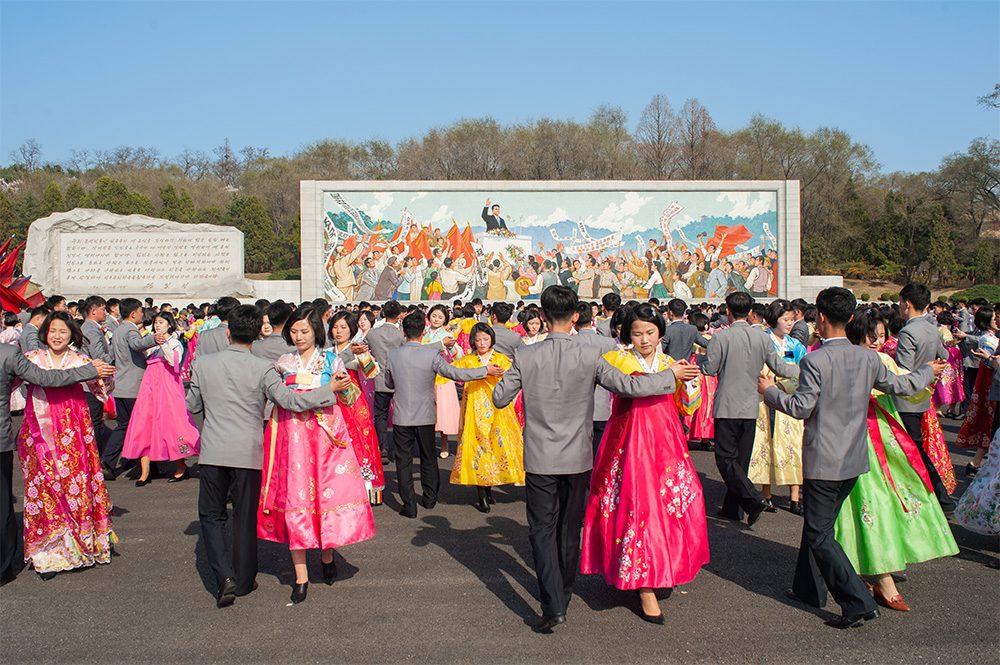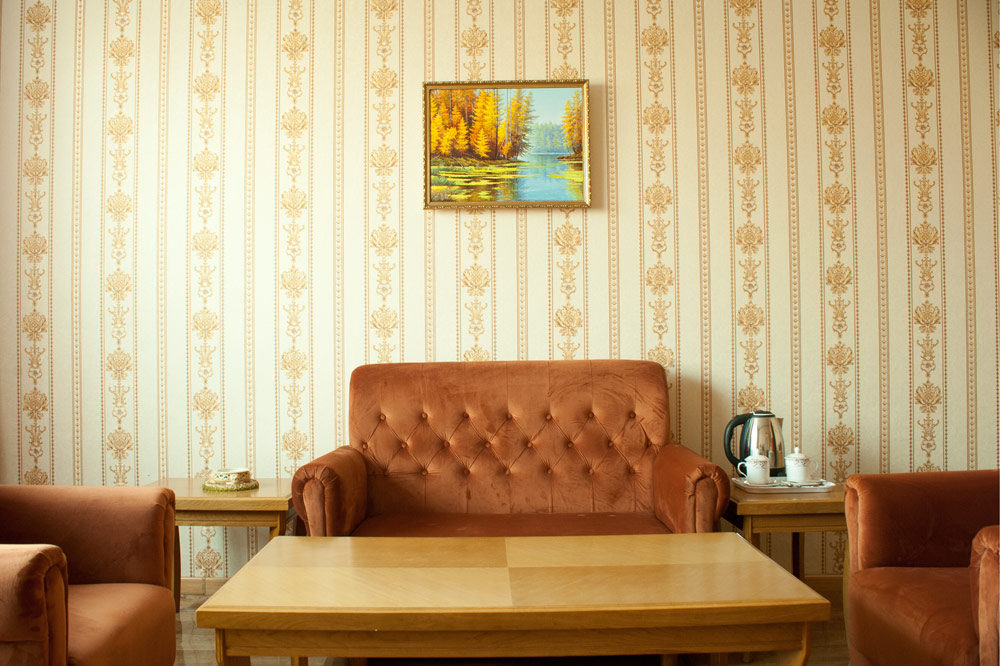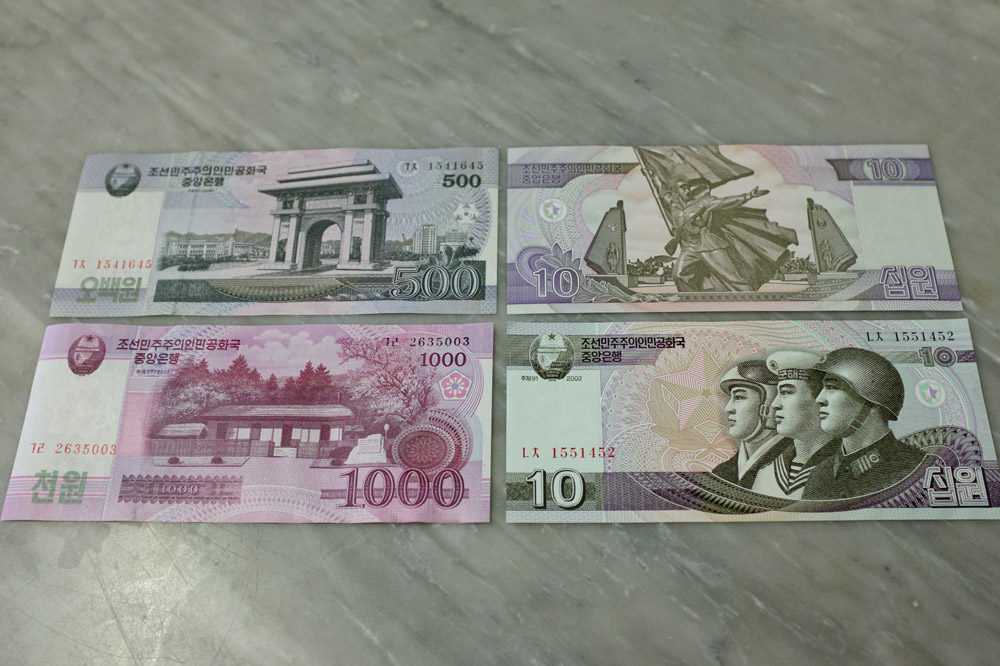Home / Destinations / North Korea / North Korea Travel Advice – Things to Know Before You Visit the DPRK

By James Davies in North Korea Guides. Updated: 30th May 2024.
There’s no denying that visiting North Korea is a very different proposition than to visiting most other countries. As an isolated pariah state led by a ruthless dictatorship that’s best known for testing missiles and rockets, you have to be certain that you really want to visit North Korea before you go.
Following our 10 day trip to North Korea we’ve put together a list of useful North Korea travel advice of things you need to know before you go to the DPRK.
In order to reduce the risk of the spread of Covid 19, North Korea closed its borders to international tourists in January 2020.
Despite the worst of the Covid pandemic being very much behind us, North Korea’s border remains closed, meaning that currently it is not possible to visit North Korea as a tourist. It is hoped that this may soon change and that tour groups will be allowed to visit the DPRK once again.
Pre-pandemic, tourists were able to visit North Korea, though with quite a few caveats. Like everything else in the country, tourism is tightly controlled by the North Korean government.
Tourists can only visit the country on pre-booked guided tours. There are a handful of long-established companies that specialise in arranging tours of North Korea. These include Koryo Tours and Regent Holidays.
However, you cannot travel to North Korea if you hold an American passport. The American government banned its citizens from visiting North Korea in 2017. South Korean nationals are also unable to travel to the DPRK.
Assuming that the authorities in the DPRK will allow international tourists to visit the country at some point in the future, here are 12 things to know before visiting North Korea.
Broadly speaking, yes.
Following the arrest and tragic death of Otto Warmbier in 2017, United States’ citizens are banned from visiting the country. Great Britain’s Foreign Office also advises against all but essential travel to the DPRK.
However the travel companies that provide trips to the DPRK are quick to point out that these warnings and restrictions are possibly political rather than practical.
Visitors to North Korea are treated as guests, and the DPRK is keen to leave a positive impression of the country on visitors as possible. The political and societal circumstances in North Korea are obviously incredibly unique, but follow the rules and local customs as laid out by your guides and there should be no problems.
Each of the major tour companies that operates in North Korea have long-established links with state-owned North Korean tourism bureaus and foreign embassies in Pyongyang.
If you have any specific questions or concerns before booking a trip to North Korea discuss them in advance with the tour companies and they’ll be happy to help you.

The most important piece of North Korea travel advice is to abide by a few important rules.
Firstly, never speak ill of Kim Il-sung, Kim Jong-il or Kim Jon-un. Criticising the Kims is a huge insult – and also a crime – and could put your entire trip at risk.
Secondly, don’t wander off from your group or guides. Trying to sneak off alone or to see things unaccompanied will land you in a huge heap of trouble.
Finally, be careful what you photograph. The rules on what you can photograph are not as restrictive as you might think – we took over 1000 photos during our trip to North Korea.
However, certain things are off limits. Photos of construction sites and military officers are not allowed. Neither are shots of the countryside during the journeys between cities.
Photography is also prohibited inside specific sites, but if in doubt check with your guides. Don’t be surprised if you’re told to delete any photos that your guides might not be happy with.

It’s impossible to overstate how much the Kim dynasty dominates North Korea. The ubiquitous and glowing statues and portraits of Kim Il-sung and Kim Jong-il are just the tip of a very large iceberg.
The Kim’s cult of personality is inescapable and permeates every aspect of life, including tourist’s trips to the DPRK.
Obvious examples are the visits to the embalmed bodies of the Kims at the Palace of the Sun and their enormous statues at Mansudae Hill Grand Monument, but they’re infused into almost everywhere you visit.
Almost every book in souvenir shops is either written by or about Kim Il-sung or Kim Jong-il. At every place you visit in North Korea your guides will tell you how many times Kim Il-sung or Kim Jong-il visited it. There’s usually a framed red sign above the door to mark the date they came, or a huge framed photo of their visit at the entrance.
The schools, universities, factories and farms that you’re taken to will all have a connection to the Kims, too. They’ll have either visited it, provided guidance there or, supposedly, will have given the order to build it.
Even historic sites that were damaged during the war will have been restored under the orders of one of the Kims. Their words and slogans are even etched into the mountains in Myohyangsan.
Visiting North Korea means having to accept the country’s version of its own history and the history of the region. The North Korean version differs greatly from the reality.
As a totalitarian state with a vice-like grip on all forms of education, media and communication, the ruling regime has created an alternative history for the DPRK that cannot be questioned.
That history suits the narrative that portrays the DPRK as a victim, defending itself from several decades of American imperialism and aggression. Added to this is the complete whitewash of any of North Korea’s sins, of which there are many.

Take anything presented as historical fact with a huge dollop of salt. Many historical claims will be heavily biased, and others will be a complete fiction. The prime example of this is the DPRK’s take on the Korean War.
North Koreans are taught that it was they who were attacked by the South, when in reality it was North Korea’s invasion of South Korea that led to war. If you’re told something that you know not to be true it’s best to hold your tongue and play along.
Discussing politics isn’t completely out of the question in North Korea, but if the subject comes up you’ll need to know what to say and how to say it.
One of our guides broached the subject on a couple of occasions, asking about Kim Jong-un’s summits with President Trump and if there was any discussions of the economic sanctions on North Korea being lifted.
It led to a fairly frank conversation about the geopolitical situation that North Korea finds itself in, though caution was obviously required. Our guide wanted to know how the land lay between the US and the DPRK following the summits, and was keen to know the outside world’s view on top of what was reported within the DPRK.
For your own safety its best to play conversations regarding politics involving North Korea safely, but don’t be surprised if you get asked the occasional question about the view from outside the DPRK.

Despite some reports, you can take your smartphone into North Korea, as well as cameras, laptops and tablets. They will all be inspected by customs officials when you arrive in North Korea. Drones are not allowed into the DPRK.
Be aware that you’ll be offline the entire time that you’re in North Korea. On the whole there is no access to internet or mobile phone network for foreigners in the DPRK, though things may be about to change.
Reports suggest that WiFi is available in the casino in the basement of the Yanggakdo Hotel in Pyongyang. According to NK News the network runs through China and their restrictive firewall, so websites like Google and BBC are still blocked.
Tour guides are appointed to every tour group that visits North Korea. They play a dual role of guide and minder, ensuring that visitors behave appropriately whilst providing information and the government line on all of the places you visit.
The guides are far from stern faced state-appointed apparatchiks; instead they are the young, friendly and mostly female face of North Korean tourism.

Forming a good bond with your guides will help you to get the most out of your trip to North Korea. Though they’ll never show it, ferrying groups of tourists around the DPRK is a stressful job, especially if tourists are hard to handle.
If there’s any fallout from a badly behaved tour group, it puts them at risk of recriminations from their superiors.
Also, our guides told us that groups that are difficult to handle often miss out on visiting certain sites, such as the Palace of the Sun, as they can’t be trusted to behave themselves. Forming a good relationship and understanding with your guides will make the whole trip much more beneficial for everyone.
Though more expensive than group tours, if you can afford a private tour to North Korea then it’s worth the extra cost.
Private group tours can be tailored and adjusted to suit you, meaning that you get to see more of the things that you want to see. Trips on group tours tend to be set itineraries that only allow for the odd tweak here and there.
Also, on a private tour your North Korean guides will be dedicated just to you, rather than looking after a group of up to 20 people. This means you’ll have a much more personal service and it allows you the chance to find out much more about the places that you visit and about life in North Korea.

You’ll also be easier to manage, meaning that you can fit a lot more into your daily schedule than if you were in a group. Fewer numbers means that it’s naturally a lot easier to move around and you’re able to do so much more in a day.
Another advantage of a private tour is that you’ll be in a smaller vehicle, giving you the chance to go to places that group tours on coaches just can’t reach. This adds so many more possibilities to your trip, especially if you’re travelling outside of Pyongyang.
As part of our ten day trip to the DPRK, we managed to visit Pakyon waterfall near Kaesong and Paeksang Pavillion in the city of Anju, two places that even our guides hadn’t previously visited.
It’s often asked of how much of the ‘real’ North Korea you get to see as a tourist in the DPRK. The answer is hard to quantify.
Contact with real North Koreans is extremely limited; you’re obviously not going to have the chance to discuss the Supreme People’s Assembly’s latest legislative proposals with the man on the street.
You’re also in the odd situation whereby the state is trying to show you one version of North Korea whilst you might be trying to look for another.

You probably won’t find the real North Korea – whatever that is – whilst on a tourist trip. But you’ll be surprised by just how much you are allowed to witness.
Whilst being driven around you will see plenty of examples of real life and of things that the North Korean regime itself might not actively promote, from aging Soviet-style housing blocks to old men sat by the road charging cyclists for the use of a bicycle pump.
You’ll see even more if you venture outside of Pyongyang. The countryside is incredibly eye-opening and a world away from the epic monuments and lavish government buildings that line Pyongyang’s streets.
Driving through North Korea’s countryside feels like going back in time, and there’s no hiding the harsh reality of life outside of the cities.
The highlight of a visit to North Korea is the chance to see some of the country’s most well known sites, such as the Kim statues at Mansudae Hill Grand Monument, the Arch of Triumph or the spectacular view from the top of the Juche Tower.
Yet in every trip to North Korea are tours of more everyday sites that the regime is keen for outsiders to see.

You’ll almost certainly be taken to a school to see performances by phenomenally talented if alarmingly young children. Other common stops are universities, farms and factories, and each is likely to be a little dry and uninspiring.
The visits are obviously propaganda, designed to show North Korea as a highly educated, talented and productive nation blossoming under the leadership of the Workers Party of Korea.
You don’t have to be a hardened cynic to see through it all. For the less entertaining trips it’s best to put on a polite smile and look enthusiastic until the tour is over.
The standard of accommodation in North Korea is always adequate but the quality can fluctuate wildly. It’s recommended that you take a torch when you travel in North Korea in case you’re caught in a power cut whilst at your hotel.


In Pyongyang most tourists usually stay at the Yanggakdo International Hotel, a monolithic tower with over 1000 rooms and a revolving restaurant on top. Filled with amenities to keep tourists entertained, the hotel’s rooms are okay if a bit dated and low on mod cons.
They come with comfortable beds, a television with a few outside news channels and, most importantly of all, hot water and electricity when you need it.
Outside Pyongyang accommodation varies from the more basic to the scarcely believable. In Kaesong our dated hotel suffered from power cuts and hot water was rationed to an hour in the morning and an hour at night. The room was at least warm, with underfloor heating and radiators that didn’t turn off.
The Hyangsan Hotel in Myohyangsan on the other hand was a completely different story altogether. Known as the best hotel in North Korea, the Hyangsan is easily a 5 star hotel by Western standards. How and why it is where it is is a bit of a mystery, yet the bumpy ride from Pyongyang is worth the trip to see the Hyangsan alone.
This is where North Korea can get confusing. Foreigners aren’t allowed to spend North Korean Won whilst in the DPRK (the only exception being at the Kwangbok Supermarket).
Instead, tourists have to use a confusing combination of three foreign currencies when buying anything in North Korea. These are the Chinese yuan, US dollars and Euros. Bring enough of each currency, and ideally in low denominations. Even $10 goes a long way in North Korea, so bring plenty of 5 and even 1 dollar bills.

In souvenir shops and in hotels the staff will convert all local prices into whichever currency you wish to pay in. Be aware that your change may come in a different currency than the one you paid in. We received a handful of change in the cafe at the Yanggakdo hotel in US dollars, Euros and Chinese Yuan.
Make sure that you bring enough money for the duration of your trip. If you run out there are no ATM’s. Also, make sure that all notes that you bring into the country are in mint condition. Shop assistants in North Korea will turn away notes that are tattered or badly creased.
Share this:
I’m James, the founder, editor, writer and photographer at Where You’re Between. Currently based in Japan, I started Where You’re Between in 2017 to create detailed itineraries and in-depth travel guides for the places that I’m fortunate enough to visit. You can see all of our destinations here.
© WhereYoureBetween.com – 2025
Cookies help us deliver our services – by continuing to browse this site, you agree to our use of cookies.
There's a World Out There. Let's Go!
Sign up to our email newsletter to get an occasional dose of wanderlust sent straight to your inbox